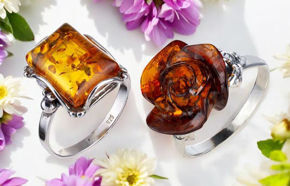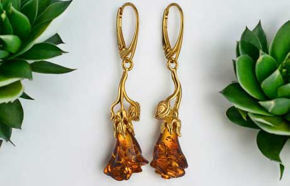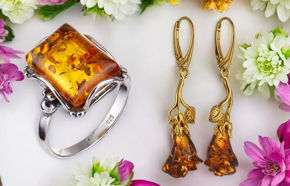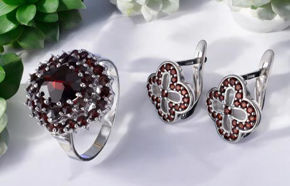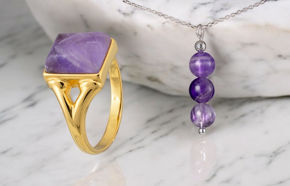
The Baltic Sea has been an important trade route for centuries, and the precious amber fossil that comes from the region holds a unique place in the history of trade. Amber was once considered as valuable as gold, and has been traded along the many Baltic Sea ports for centuries. But how did the ancient people of the region really trade Baltic amber? What secrets lie behind the artifacts and archaeological sites connected to this precious commodity? In this blog post, we delve into the fascinating history of amber trading and explore some of the most intriguing Baltic amber archaeological sites which we can examine today.
There is evidence to suggest that Baltic amber trading has been taking place for over 7,000 years. Evidence of amber products has been found in ancient Greek, Roman, and Egyptian treasures. However, the trade of Baltic amber became dominant in the Baltic region in the 7th and 8th centuries. Baltic amber is found only around the Baltic Sea. This unique substance was traded along the Baltic Sea – from the coasts of Germany and Denmark, through Poland and Lithuania, and all the way to Russia and beyond. Huge amounts of amber were moved from place to place through sea routes, much like how cargo ships operate today.
One of the most notable archaeological sites connected to Baltic amber trading routes is Gdańsk, Poland. This port city was one of the major centers of amber trading throughout history. The city is also famous for its architecture, which is imbued with a unique style called “Gdańsk Renaissance.” The history of amber trade is reflected in the interiors of these buildings through ornate amber-carved panels, jewelry, and decorations.
The Warrior's House Museum in Svetlogorsk, Russia, is another remarkable place to explore Baltic amber history. The museum contains a wealth of amber artifacts that date back to as early as 3000 BC. These artifacts are a testament to the prominence of Baltic amber trading during ancient times. The museum is also home to the famous Amber Room – an entire chamber made of amber panels that was originally located in the Catherine Palace, St. Petersburg, Russia.
The Hellenic Amber Route Museum in Lesvos, Greece, is another fascinating site. This museum contains a large collection of ancient amber artifacts and showcases the many amber trading connections between the Baltic Sea and the Aegean world. The museum tracks the journey of Baltic amber as it made its way through the Mediterranean and into ancient Greece and Rome.
Biskupin, in Poland, is a preserved settlement from the Iron Age that offers a glimpse into the life of the ancient people who lived in the region. Archaeological discoveries in Biskupin have revealed that Baltic amber was a significant trading commodity – not just as a jewel but also in medicinal use, especially in the treatment of sore throats and other respiratory ailments.
Baltic amber is not just valuable in terms of monetary value or its beauty but also for its historical significance. The trade of Baltic amber is an ancient story that is still shrouded in some mystery but is also illuminated by the many artifacts and archaeological sites that still whisper its secrets to us even today. From Gdańsk in Poland to Svetlogorsk in Russia, and from Lesvos in Greece to Biskupin an Iron Age settlement, these sites paint a vivid picture of the important role that amber has played in trade and commerce throughout history. By exploring the rich history and tradition of amber trade, we can learn about the interconnectivity of our world, and the rich story that lies at the heart of it.

